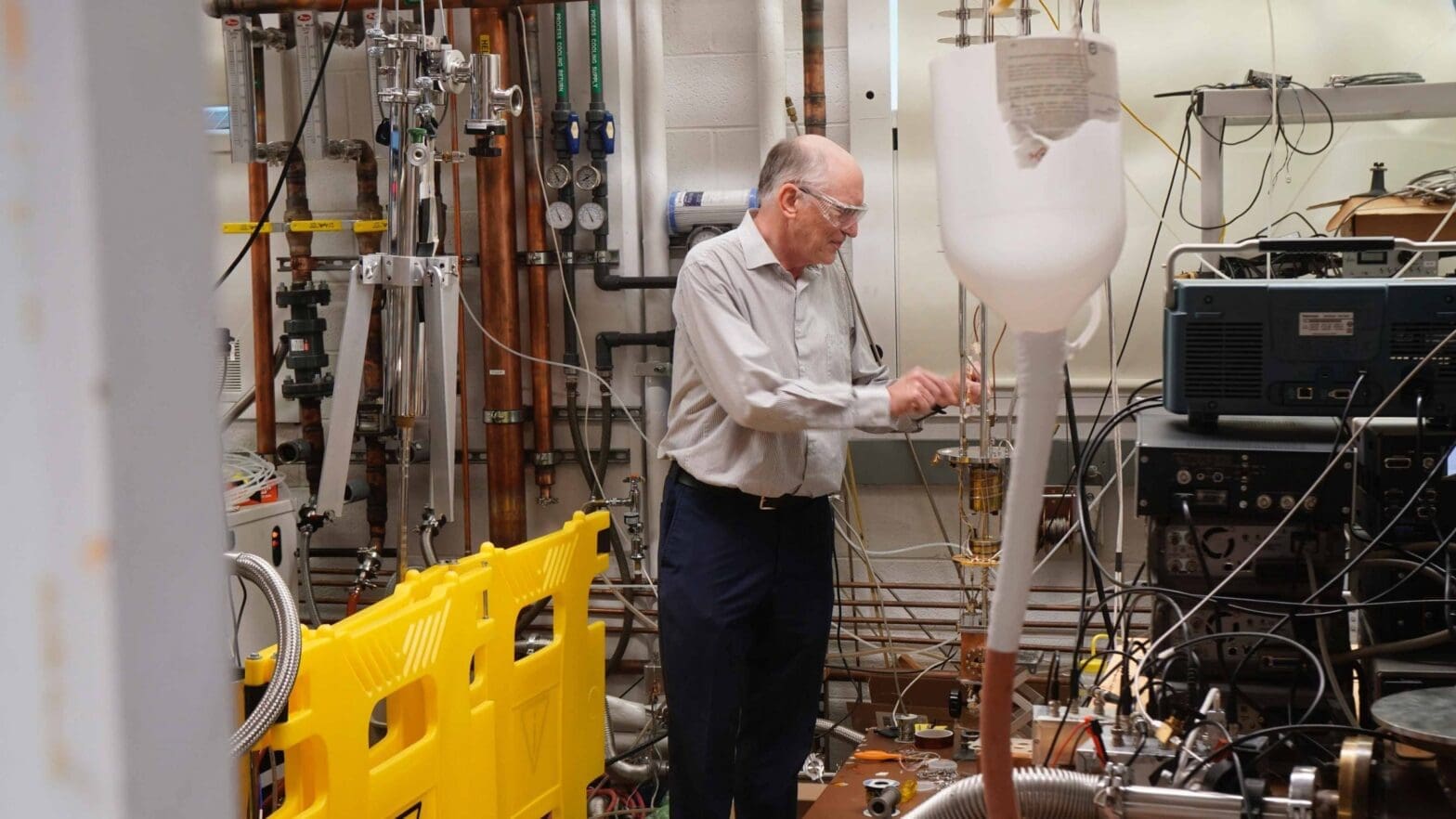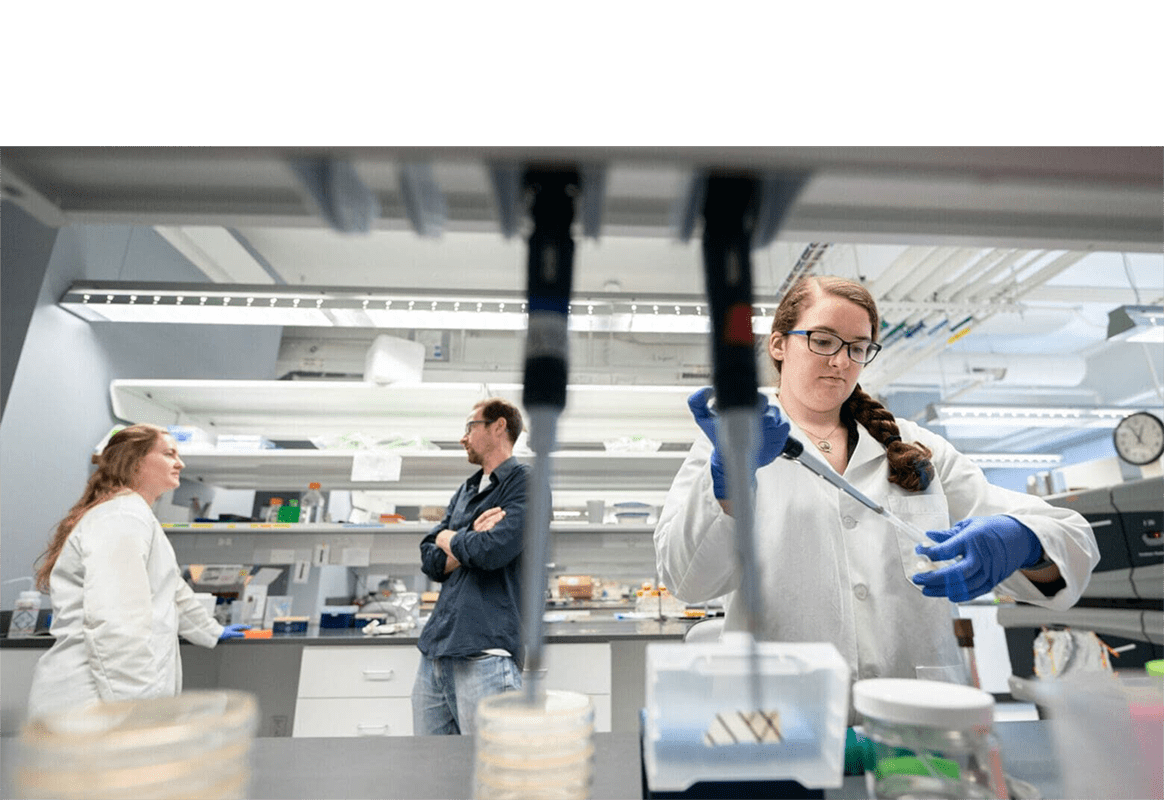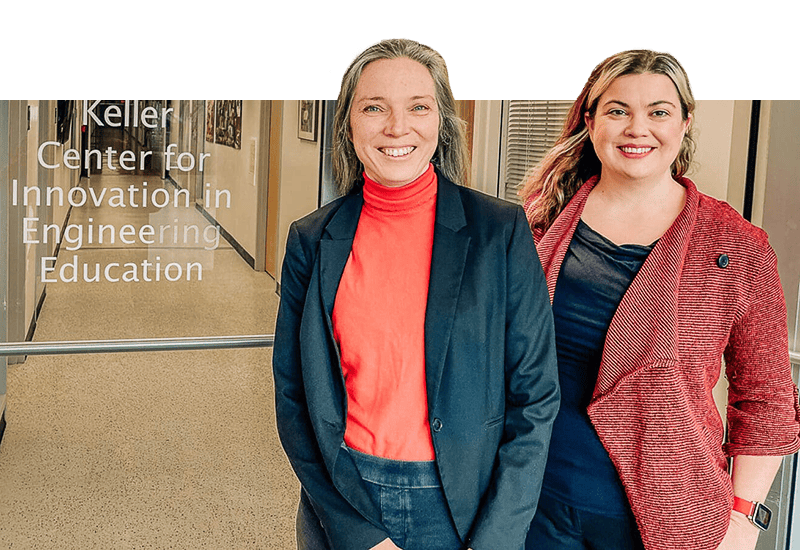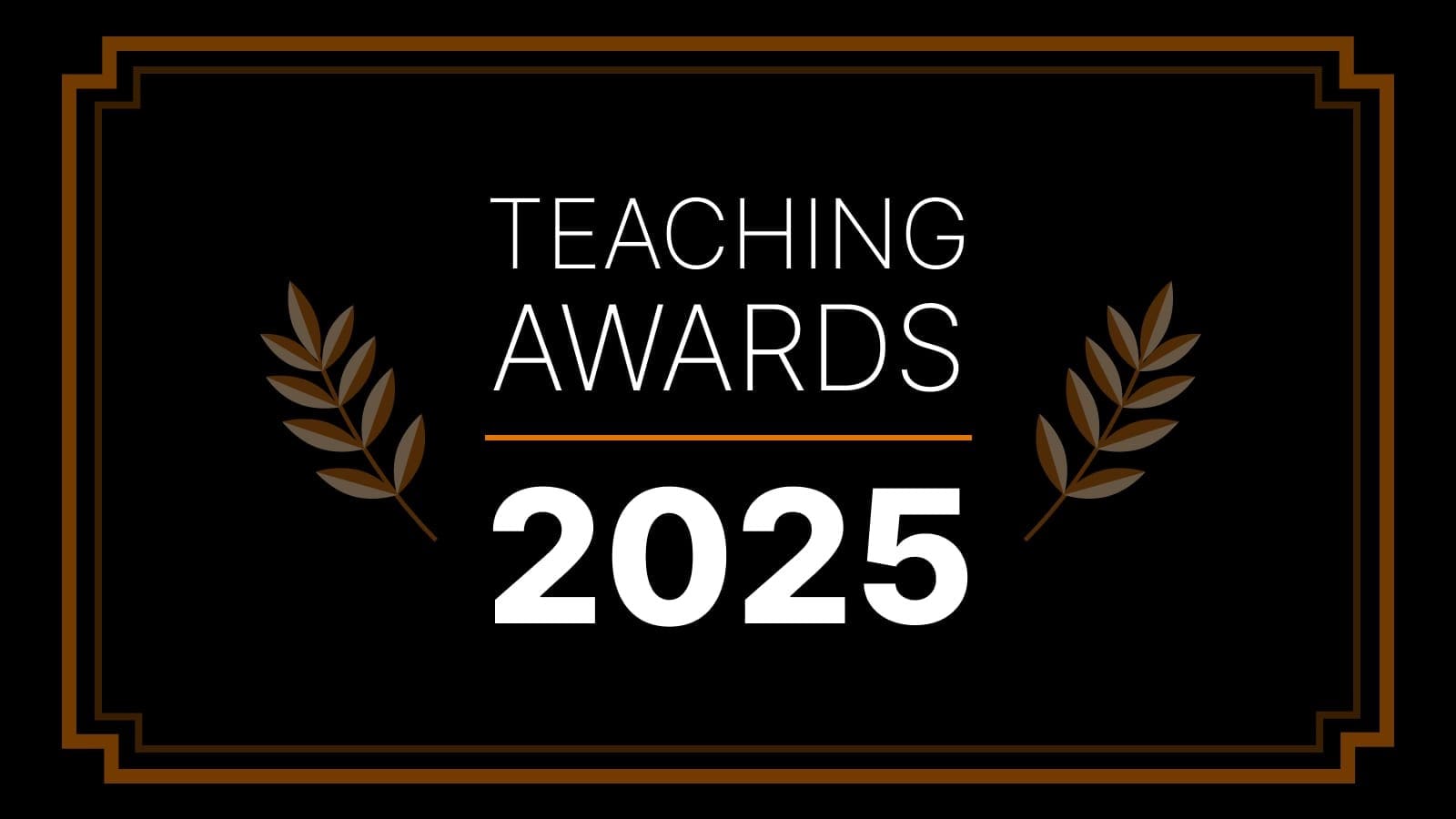
Part Eight: Entrepreneurship at Princeton Engineering
By
on
This is from the series E100: Princeton Engineering’s 100th anniversary
#47
Which building houses the eLab and the Tiger Challenge?
This building opened in 2015 to serve as a home for interdisciplinary programs in design thinking and entrepreneurship education, as well as a startup incubator and accelerator space, all under the auspices of the Keller Center for Innovation in Engineering Education. What is the name of this building?
It’s the Princeton Entrepreneurial Hub, or “EHub.” In this video, grad student Jeff Phaneuf, standing outside the eHub, discusses how the Keller Center for Innovation in Engineering Education opened his eyes to innovation. He participated in the Tiger Challenge, a multi-year program in which students, community partners, and advisers work to tackle complex societal issues. They do so using design thinking, a series of techniques that combines empathy, creativity, collaboration and open mindedness. And he discusses the eLab Accelerator program, a summer program offering resources, mentorship, funding, a specialized entrepreneurship curriculum, and a co-working space to help teams build their startup ideas into viable ventures. Those are just two of the Keller Center’s offerings, which also include the annual Innovation Forum, a showcase for research with commercial, cultural or societal potential; and the Princeton Startup Immersion Program, which provides internships at startups in New York, Shanghai and Tel Aviv.
#48
The Keller Center’s Naveen Verma discusses his vision
In this video, Naveen Verma discusses how the Keller Center for Innovation in Engineering Education offers students and faculty the knowledge, mentoring and resources to conceive and create projects of personal and societal impact. The center offers educational opportunities that bridge engineering and the liberal arts, and help participants make an impact on society through entrepreneurship, design and design thinking, and innovative education. It was started in 2005 as the Center for Innovation in Engineering Education, and was renamed in 2008 in honor of educational innovator Dennis Keller ‘63, and his wife, Constance Keller, upon their $20 million gift to endow the center.
#49
Which longtime Princeton electrical and computer engineering professor is the chief technology officer of a quantum computing startup?
Academic research and commercial potential increasingly work hand in hand, with a growing trend toward faculty continuing to stay in their roles even as they nurture businesses as well. Earlier this spring, a Princeton professor of electrical and computer engineering professor announced that he had joined the team of a Michigan-based quantum computing startup to serve as chief technology officer. Who is this professor?
It’s Stephen Lyon. Technology transfer, from the academic lab to the marketplace, isn’t a new phenomenon. One well-known example was when Universal Display Corporation worked with Princeton Engineering faculty to develop the OLED display screen, now used in Apple iPhones, in the 1990s. But more recently, Princeton professors have actually started businesses of their own, or become officers in a startup while staying on the faculty. For instance, Robert Prud’homme, a professor of chemical and biological engineering, and Shahram Hejazi, a faculty member at the Keller Center for Innovation in Engineering Education, started Optimeos Life Sciences in 2016. The company is creating improved delivery methods for medications targeting cancer, autoimmune disorders, diabetes, and diseases of the nervous system and the eye. Stephen Lyon, professor of electrical and computer engineering, became chief technology officer of EeroQ, a quantum computing company earlier this year. He said going into business was something he’d been looking to do, and he had attended lectures on how to get a startup off the ground — but in the end, an existing startup found Lyon, who is a specialist in using electrons bound to the surface of superfluid helium. “Twenty years ago, 15 years ago, I doubt I would have been able to keep my university job plus be CTO of a small startup, but now you can. And that’s one of the changes that’s made a big difference,” Lyon said. At least 13 companies that spun out of Princeton Engineering research within the last six years are flourishing today. There have been other big developments at Princeton in this area. Rodney Priestley was named vice dean for innovation in 2019 to expand the university’s ties with industry, entrepreneurs, venture capitalists, alumni and other potential partners. And Dean Andrea Goldsmith, who started two companies before arriving at Princeton last year, has visions to develop Central New Jersey into a technology hub that translates research into products and organizations that benefit humanity. We’ll discuss her vision later in this series.










